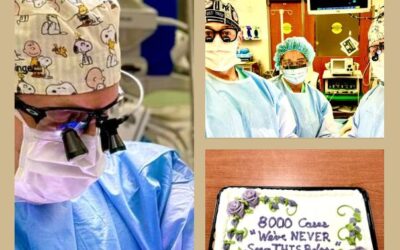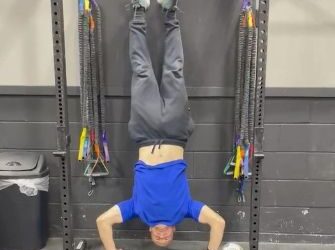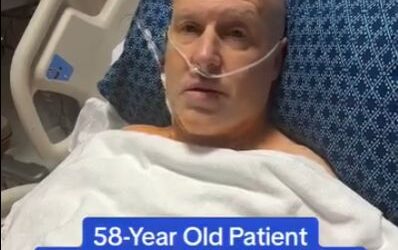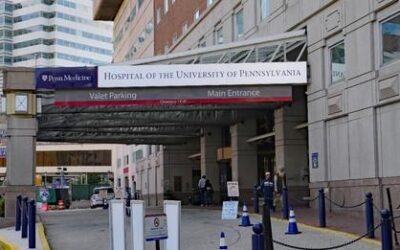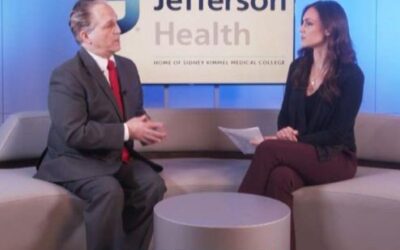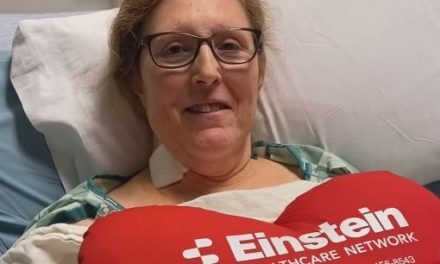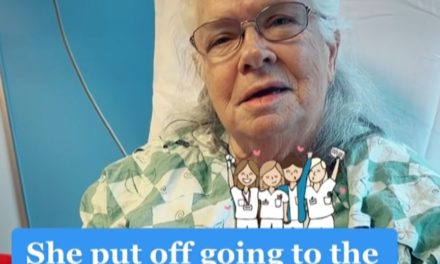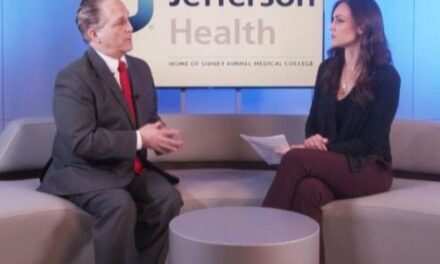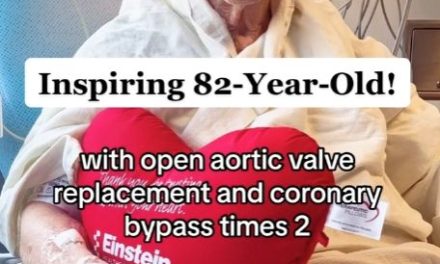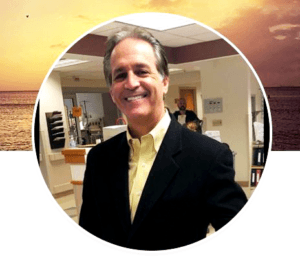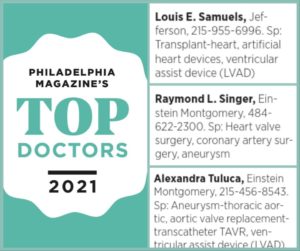A major cause of mitral valve stenosis in the world is due to having a history of rheumatic fever. Though more common in other countries, 1 in 100,000 people in the U.S. will develop mitral stenosis.
Mitral valve prolapse is a more prevalent problem. It affects as many as 1 in 33 people in the U.S., of which 1 in 10 will develop regurgitation (leaking of the valve).
There are many surgical approaches to mitral valve surgery, and therefore it can be confusing to patients who are seeking a second opinion.
The gold standard has been the sternotomy approach, providing access to all regions of the heart and the ability to do combined procedures such as multi-valve surgery, and mitral valve repair combined with atrial fibrillation surgery or coronary artery bypass surgery.
Other approaches utilize a small right thoracotomy with cannulation of the femoral artery and vein for the purpose of going on the heart-lung machine, as opposed to direct cannulation of the heart with a single incision using conventional sternotomy approach.
What many patients don’t realize is that both approaches require the use of the heart-lung machine and the stopping of the heart to repair the valve.
In robotic mitral valve surgery, a similar right thoracotomy approach is used, along with femoral artery and vein cannulation, except the surgeon looks through a camera with the robot, as opposed to looking directly through the small right thoracotomy wound. The mini-thoracotomy and the robotic thoracotomy approaches are nearly identical procedures, though the robotic involves more setup time and utilizes more complex instrumentation.
Again, all three procedures —conventional sternotomy, mini-thoracotomy, and robotic thoracotomy—are equivalent in the sense that they all require the use of the heart-lung machine to stop the heart in order to repair or replace the mitral valve.
This raises the question, what is the invasive part of a heart operation? Is it the incision? Or is it using the heart-lung machine and the need to stop the heart in order to repair or replace the heart valve?
To me the answer is obvious. The invasive part of the procedure is not the incision, but the work that we do on the inside on the heart itself!
Furthermore, when performed well, the conventional sternotomy not only affords a margin of safety, but does NOT cause significant pain, as historically patients have been led to believe —especially by using unfortunate and misleading terms like “cracking the chest.” On the contrary, as seen in all my videos, my sternotomy patients have modest, not large incisions, and rarely have significant discomfort after surgery.
In short, patients in my hands, who have a well-performed standard sternotomy have excellent outcomes (< 1% mortality), short hospital stays (4.5 days) and quick recoveries, with return to driving in 3-4 weeks, with little to no pain.
The take-home message is to always seek a second opinion. The best advice is to ask your surgeon what works best in his or her hands and in their experience. Also, ask your surgeon about his or her years of experience as well as their outcomes. Much of this data is now publicly reported.
Recent Posts
8k Cases Milestone
#8,000 is on the books! It’s an honor to have achieved this milestone across two esteemed healthcare institutions—Lehigh Valley Health Network and now at Jefferson Health. One thing I know for sure is that success in heart surgery can only come from the team that...
Handstand 10 Weeks After Surgery!
One of the most common questions of patients is to know what activities they can do after heart surgery. I tell them no driving for 4 weeks, no lifting more than 10 pounds for 10 weeks, but often I quip that once they are healed, “they can do handstands.” Apparently,...
Mitral Valve Repair Patient Talks About His Surgery
With permission from the patient to post, this 58-year old man was passionate about going to the gym daily, but he began to notice that he had decreasing exercise tolerance, along with worsening shortness of breath and a new persistent cough. He was found to have...
Jefferson Health: Ranking in 2024
Jefferson Health is ranked 46th out of 2,400 hospital systems in the world, 2nd in Pennsylvania, close by Penn. Looking back at my career, so fortunate to have graduated from Penn Med, trained at Department of Surgery at Thomas Jefferson University Hospital, and now...
Jefferson Heart Health: “The Heart of the Matter”
Below you can listen to my interview on CBS News Philadelphia with Ashley Harder on topics for Heart Month 2024. Recent PostsFeaturedPages Learn about heart valves. Heart Valves Read testimonials. Testimonials Did you know I have a...
Triumph on the Fairway
After unexpected heart complications, Mike Guro shares his inspiring recovery story - crediting the nurses' dedication, advanced technology, and Dr. Raymond Singer's exceptional surgical expertise at Jefferson Einstein Montgomery for giving him a second chance to...
Featured
Pages
- Learn about heart valves. Heart Valves
- Read testimonials. Testimonials
- Did you know I have a consulting firm? Singer Heart/Lung Consulting
- Check out my TedTalk! Defining Success
Links
- Links page with more information about your heart. Links
- Dr. Adam Pick's Site: heart-valve-surgery.com

